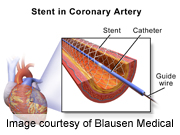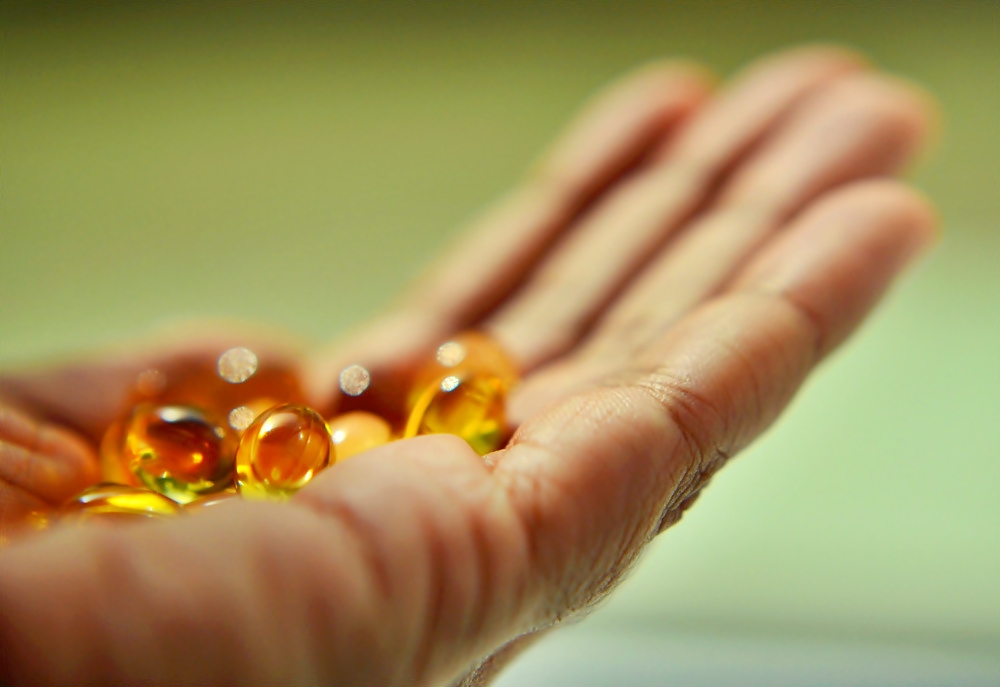
MONDAY, April 16 (HealthDay News) — New long-term research now suggests that fully biodegradable stents are safe to use in heart arteries.
Reporting in the April 16 issue of Circulation, Japanese researchers said a 10-year study has shown the biodegradable Igaki-Tamai stent, made of a cornstarch-based material, dissolves into the artery wall, leaving no permanent foreign material in an artery and reducing the occurrence of an in-stent blood clot.
According to the study, survival rates from all causes was 87 percent and rates of major heart-related complications were similar to those seen with metal stents.
Stents, the tiny mesh tubes inserted into heart arteries to keep open and allow blood to flow to the heart, are far from fail-safe. New blockages can — and do — occur. So scientists have been trying to develop new stents, including ones coated with blood-thinning medications. Metal stents, sometimes coated with drugs, remain in the body where they can reclog.
The Igaki-Tamai stent, developed by Kyoto Medical Planning Co., is used in nine European Union countries and Turkey to treat peripheral artery disease, or blocked arteries in the legs. It is not used to treat blocked heart arteries in any country.
Study author Dr. Kunihiko Kosuga, director of cardiology at Shiga Medical Center for Adults in Moriyama City, predicted in a journal news release that “fully biodegradable stents may hold an important position as the next generation of coronary devices.”
In the study, 50 people received 84 Igaki-Tamai stents between September 1998 and April 2000. Researchers report that the survival rate from heart-related death was 98 percent. Half of the individuals experienced major heart-related complications, which is in line with studies of metal stents. The stent was totally absorbed in three years.
“There is a risk of heart attack if a stent does not get incorporated into the blood vessel wall,” explained Dr. Barry Kaplan, vice chairman of cardiology at North Shore University Hospital in Manhasset, N.Y., and Long Island Jewish Medical Center in New Hyde Park, N.Y. Once the metal stent is absorbed, the risk theoretically should decrease or go away. The problem is that metal stents are not always absorbed. In theory, biodegradable stents should be.
“The panacea would be a drug-eluding biodegradable stent where the drug is released into the vessel wall before the stent gets absorbed,” he said. “This would lower the re-stenosis or re-blockage rate, yet eliminate risk of heart attacks or blood clot,” Kaplan said. “From a technical standpoint, this particular stent is providing a similar risk to a bare-metal stent.”
The new study is “helping us feeling more comfortable that this is a good line of research to pursue and that there is no special concern about hidden dark sides with this biodegradable stent,” added Dr. Kirk Garratt, clinical director of interventional cardiovascular research at Lenox Hill Hospital in New York City.
More information
What is a stent? Learn more from the U.S. National Heart, Lung, and Blood Institute.

